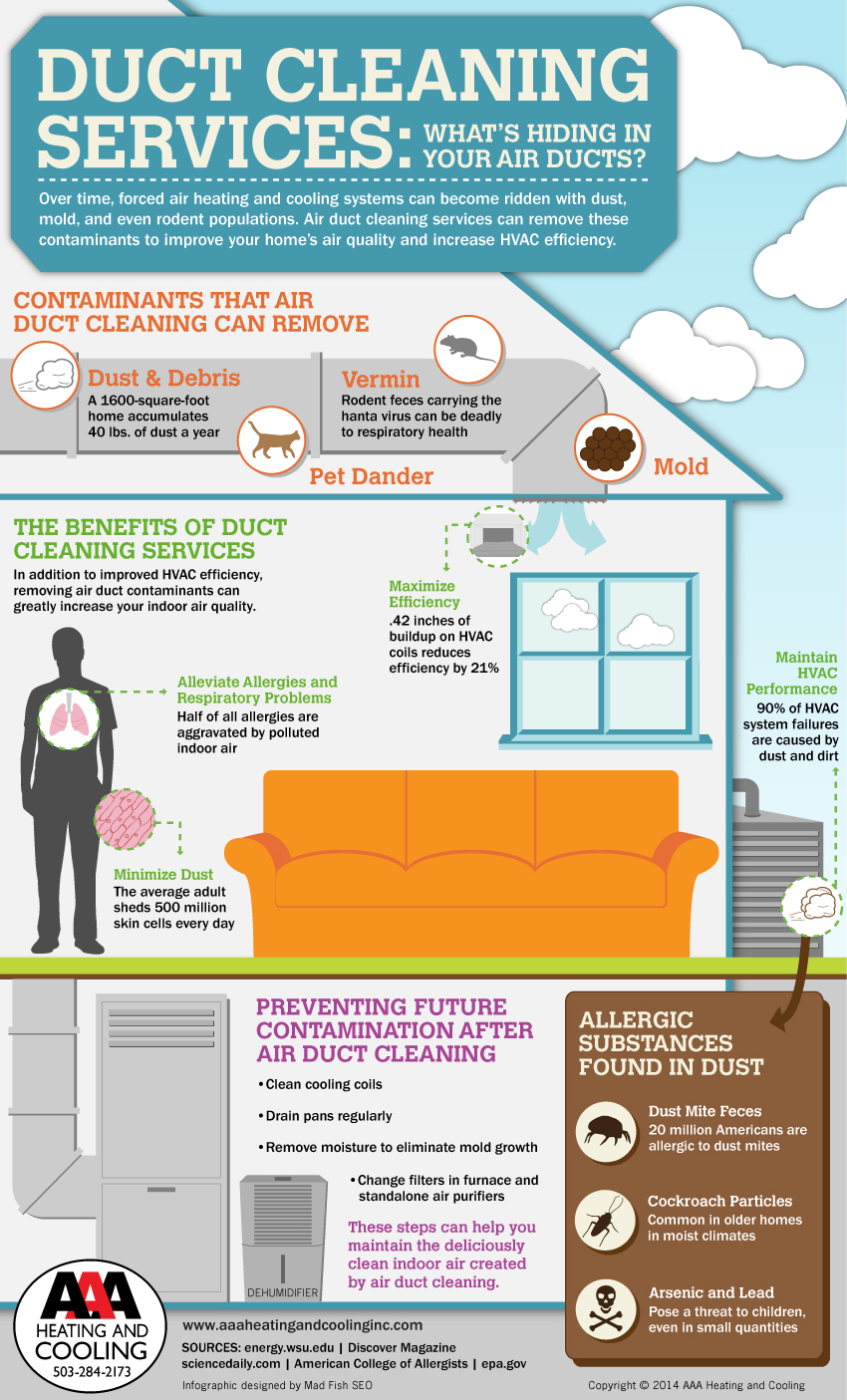The Ultimate Guide To Comprehending Warmth Pumps - How Do They Work?
The Ultimate Guide To Comprehending Warmth Pumps - How Do They Work?
Blog Article
Material Writer-Steenberg Dickson
The best heatpump can conserve you significant quantities of money on power bills. They can additionally help in reducing greenhouse gas exhausts, specifically if you use power instead of fossil fuels like lp and heating oil or electric-resistance heating systems.
Heatpump work significantly the same as a/c do. This makes them a practical choice to traditional electric home heating systems.
How They Function
Heat pumps cool homes in the summer and, with a little assistance from electrical energy or natural gas, they offer some of your home's home heating in the winter months. They're a good choice for individuals that intend to lower their use of fossil fuels yet aren't prepared to change their existing heating system and cooling system.
They depend on the physical fact that even in air that appears also cold, there's still energy present: warm air is always relocating, and it wishes to move right into cooler, lower-pressure atmospheres like your home.
The majority of power celebrity accredited heatpump run at near to their heating or cooling capacity throughout the majority of the year, reducing on/off biking and conserving energy. For the best efficiency, concentrate on systems with a high SEER and HSPF ranking.
The Compressor
The heart of the heat pump is the compressor, which is also referred to as an air compressor. This mechanical streaming device uses prospective energy from power development to boost the stress of a gas by reducing its volume. It is different from a pump in that it just works with gases and can not work with liquids, as pumps do.
Climatic air enters the compressor with an inlet shutoff. It travels around vane-mounted arms with self-adjusting length that split the interior of the compressor, producing numerous dental caries of differing size. The blades's spin pressures these cavities to move in and out of stage with each other, compressing the air.
The compressor reels in the low-temperature, high-pressure cooling agent vapor from the evaporator and compresses it right into the warm, pressurized state of a gas. This process is duplicated as required to provide heating or air conditioning as needed. https://abc7ny.com/heat-hot-tips-resources/11873370/ includes a desuperheater coil that reuses the waste warm and includes superheat to the refrigerant, changing it from its liquid to vapor state.
The Evaporator
The evaporator in heatpump does the very same thing as it does in refrigerators and a/c unit, altering liquid refrigerant into a gaseous vapor that eliminates heat from the room. Heat pump systems would certainly not work without this crucial piece of equipment.
This part of the system lies inside your home or building in an indoor air handler, which can be either a ducted or ductless device. It has an evaporator coil and the compressor that presses the low-pressure vapor from the evaporator to high pressure gas.
Heat pumps soak up ambient warmth from the air, and after that use electricity to transfer that heat to a home or business in home heating mode. That makes them a lot extra energy reliable than electrical heating systems or heating systems, and because they're using tidy electrical power from the grid (and not burning fuel), they additionally create much fewer emissions. That's why heatpump are such wonderful environmental options. (In addition to a huge reason they're coming to be so popular.).
The Thermostat.
commercial refrigeration repair are fantastic options for homes in cool climates, and you can utilize them in combination with conventional duct-based systems or even go ductless. They're a wonderful different to nonrenewable fuel source heater or typical electrical heaters, and they're much more sustainable than oil, gas or nuclear HVAC devices.
Your thermostat is one of the most important part of your heat pump system, and it functions really in different ways than a conventional thermostat. All mechanical thermostats (all non-electronic ones) work by utilizing materials that alter size with increasing temperature level, like curled bimetallic strips or the broadening wax in a cars and truck radiator shutoff.
These strips include 2 various sorts of metal, and they're bolted with each other to form a bridge that finishes an electric circuit connected to your a/c system. As the strip obtains warmer, one side of the bridge increases faster than the various other, which creates it to flex and signify that the heater is required. When the heat pump remains in home heating mode, the turning around valve reverses the flow of cooling agent, so that the outdoors coil currently functions as an evaporator and the interior cyndrical tube ends up being a condenser.